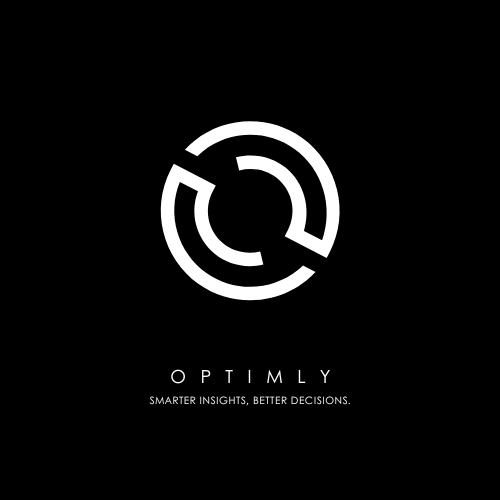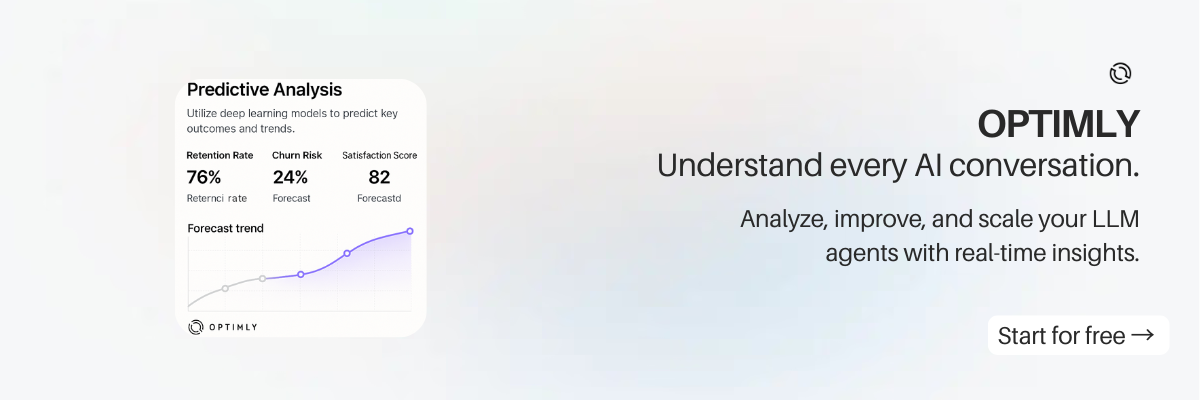Chatbot Analytics for Customer Support: Reduce FRT, Improve CSAT
Support teams feel the strain of growing volume and rising expectations. Chatbot analytics can reduce first response time (FRT), improve CSAT, and cut escalations—without losing visibility. Here’s how to measure what matters in support.

Core Support KPIs
- FRT (first response time)
- AHT (average handle time) across bot + human
- Deflection rate by intent/category
- CSAT and sentiment
- Escalation rate and time to resolution
- Knowledge (RAG) usage and gaps
For a broader platform comparison, see: /blog/best-analytics-platforms-for-website-chatbots
Implementation Patterns
- Events:
session_start,intent,resolved,escalation,csat - Attributes: policy, order, refund, billing, tech issue, etc.
- Integrations: Zendesk/Intercom escalation with transcript handoff
- Dashboards: deflection by intent, CSAT by channel, FRT trend lines
Finding and Fixing Frustration
Use a combination of signals:
- Repeated questions in short sequence
- Negative sentiment + abandon
- Human escalation after model response
- “I want to talk to a person” phrases
Then improve prompts, add FAQs, or route earlier to agents. More tactics: /blog/monitor-improve-website-chatbots-llms
FAQs
Should support analytics live in GA4?
Use GA4 for site attribution. Use a conversation‑native layer for transcripts, frustration, and deflection accuracy.
How do I measure true deflection?
Compare ticket volumes before/after, validate intents, and sample transcripts.
What’s a good CSAT target?
Aim for 75–85% after the first month of iteration.
Give Your Team Superpowers
Optimly provides out‑of‑the‑box dashboards for support KPIs, frustration detection, and RAG usage. Start free.

